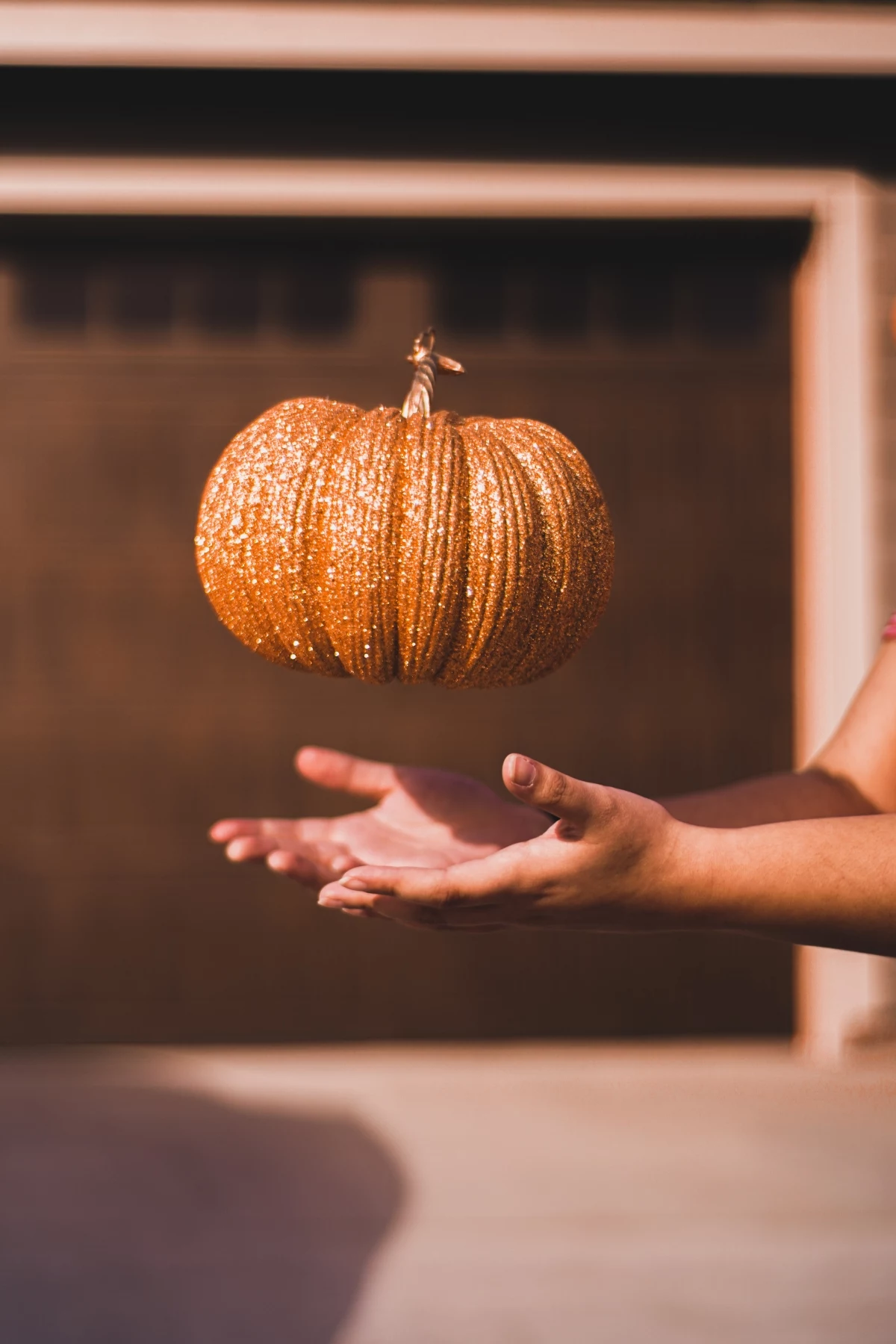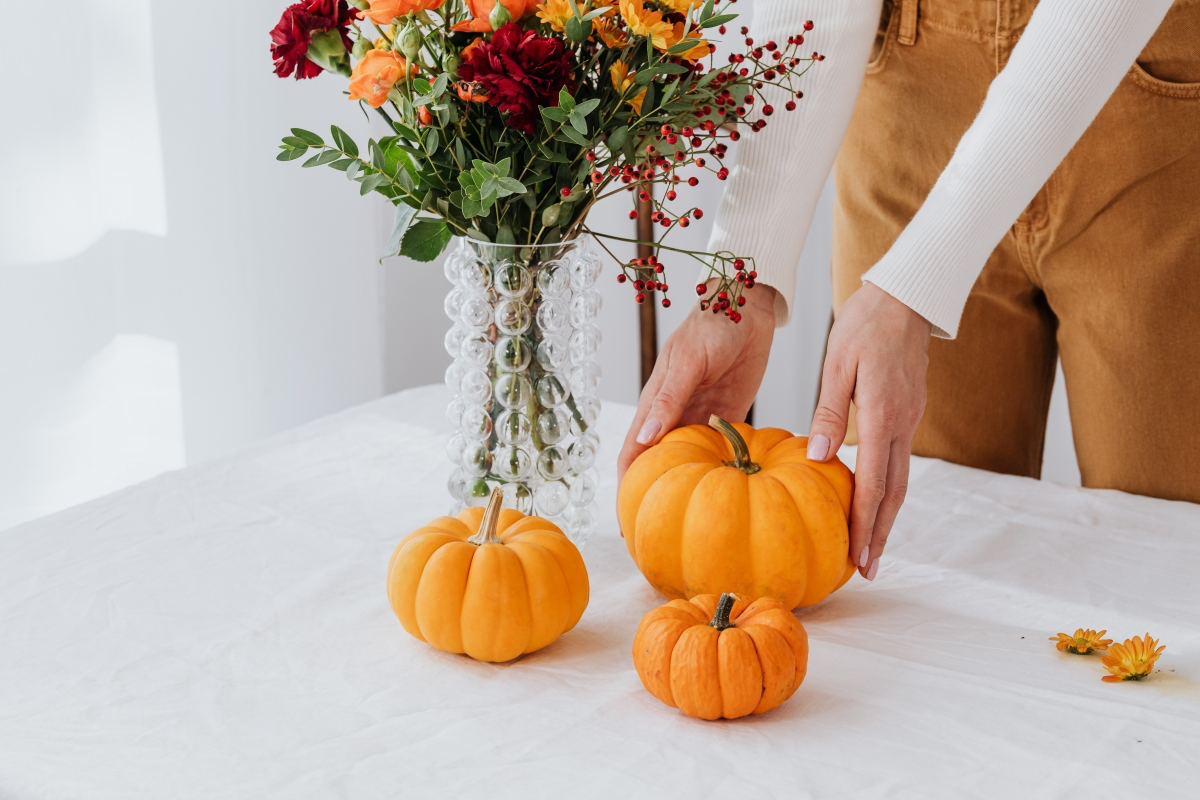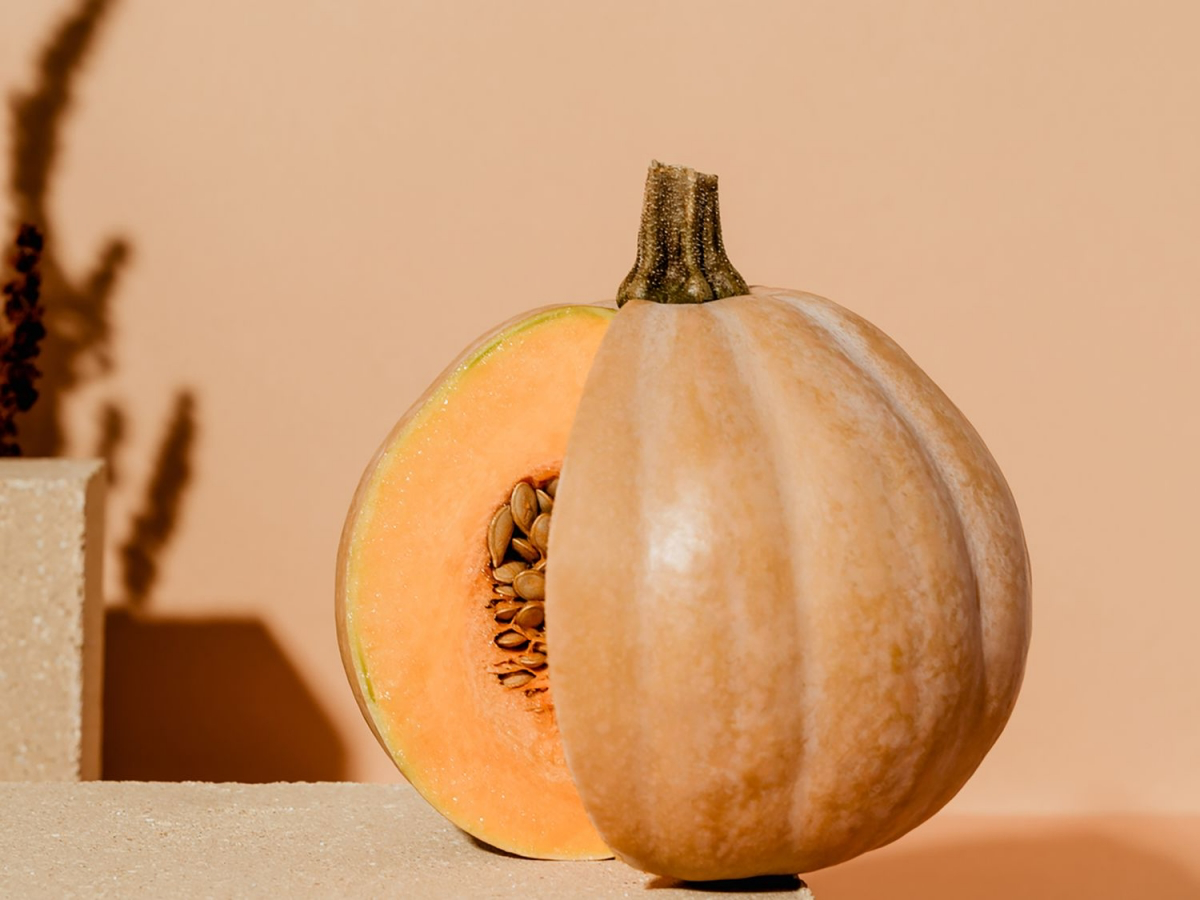The Truth About Pumpkin Skincare: What Works, What Doesn’t, and What It’ll Cost You
For years, I saw pumpkin as little more than a seasonal gimmick. You know the drill—every autumn, shelves fill up with pumpkin spice everything, from lattes to lotions. They smelled nice, but honestly, I never thought they did much. My entire perspective shifted once I started getting deep into cosmetic science and working hands-on as an esthetician.
In this article
- So, What’s Actually in Pumpkin That Makes It Work?
- The Professional Pumpkin Peel Experience
- A Safer (and Cheaper!) Option for Home Use
- Okay, So What’s the Real Difference? Pro Peel vs. DIY Mask
- Pro Tips, Mistakes to Avoid, and Troubleshooting
- Don’t Feel Like Making a Mess? Try These Instead.
- A Final Word on Safety
It turns out, the real magic in pumpkin has nothing to do with the scent. It’s all about the potent enzymes, vitamins, and acids packed inside. I’ll never forget the first time I worked with a professional-grade pumpkin enzyme peel. This wasn’t some basic mask from a jar; it was a concentrated formula that demanded respect. Within ten minutes, we saw a visible improvement in the skin’s brightness and texture. That’s when it clicked. This is a serious ingredient.
So, this isn’t just another list of trendy beauty tips. We’re going to dive into the real science of pumpkin, how the pros use it, and how you can get some of those benefits at home—safely. This is the stuff I teach my apprentices, built on a whole lot of experience.

So, What’s Actually in Pumpkin That Makes It Work?
To use pumpkin the right way, you have to understand what’s going on under the hood. The flesh, the seeds, and the oil all bring something different to the table. Knowing the ‘why’ is what separates a good result from a hopeful guess.
The Antioxidant Power Trio: Vitamins A, C, and E
These three are the bedrock of pumpkin’s protective abilities. They’re like a little team working to defend your skin cells from damage.
- Vitamin A (from Beta-Carotene): Pumpkin is loaded with beta-carotene, which your body cleverly converts into a form of Vitamin A. This vitamin is famous for speeding up cell turnover, which is just a fancy way of saying it helps your skin shed old, dull cells to reveal the fresh, new ones underneath. It’s a game-changer for smoothing out fine lines and evening out skin tone.
- Vitamin C (Ascorbic Acid): A true powerhouse antioxidant. It protects your skin from environmental stressors that break down collagen and age your skin. Vitamin C is also essential for building new collagen, the stuff that keeps skin firm. Heads up, though: Vitamin C is notoriously unstable. Fresh pumpkin or a professionally formulated product is going to be way more effective than something that’s been sitting on a shelf, exposed to light and air.
- Vitamin E (Tocopherol): This one is oil-soluble, so it works within the fatty layers of your skin cells to protect them. It’s the perfect partner for Vitamin C—one protects the watery parts of your cells, the other protects the oily parts. It’s also fantastic for soothing and calming down inflammation.
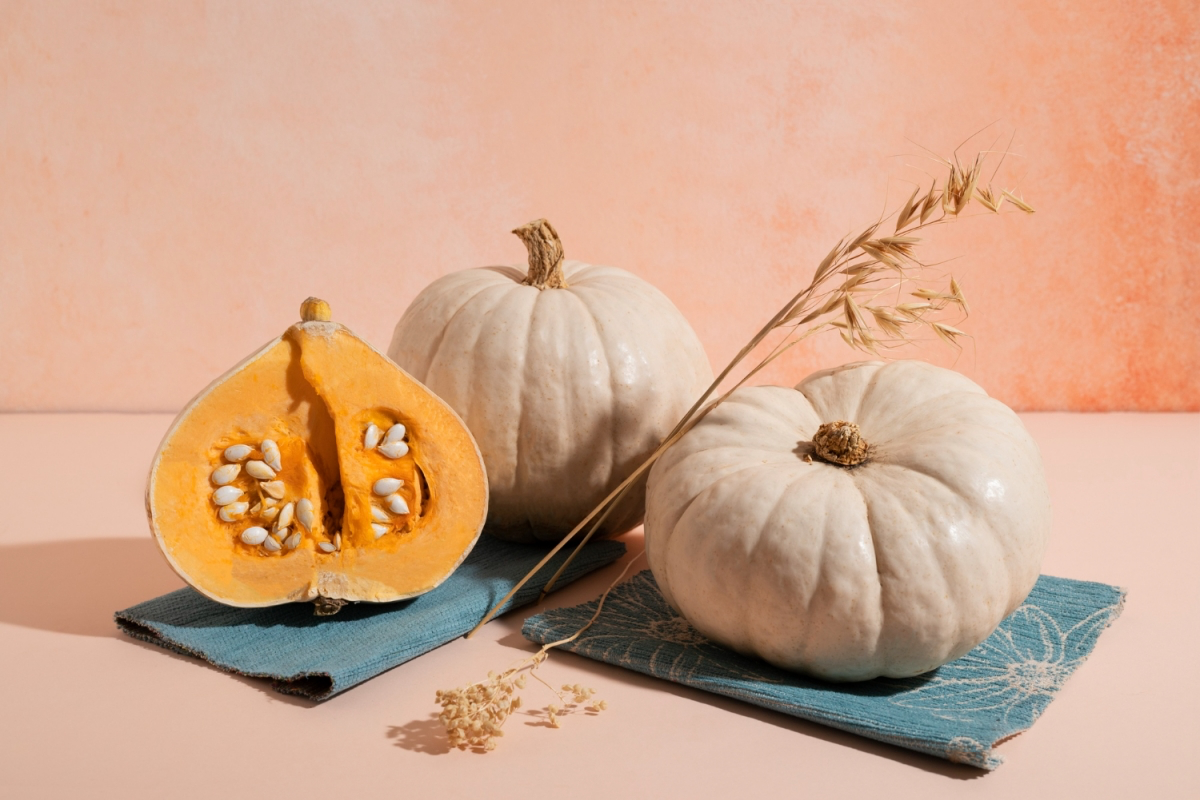
The Exfoliators: Natural Enzymes and Acids
This is where pumpkin truly shines in a professional setting. The natural enzymes are what make pumpkin peels so incredibly effective.
- Proteolytic Enzymes: These are the star players. They work by breaking down the protein (keratin) that acts like glue holding dead skin cells to the surface. By dissolving that glue, they allow dead cells to slough off without any harsh scrubbing. The result? Instantly smoother and brighter skin.
- Alpha-Hydroxy Acids (AHAs): Pumpkin also contains a gentle blend of natural fruit acids. They work right alongside the enzymes to un-glue dead cells, providing a one-two punch of exfoliation that delivers serious glow.
The Support Crew: Minerals and Fatty Acids
The benefits don’t stop at exfoliation. The seeds, especially, are a treasure trove of nutrients that support skin from a completely different angle.
- Zinc: This mineral is an absolute hero for skin, especially if you’re prone to breakouts. It helps control oil production and is crucial for healing and reducing inflammation.
- Essential Fatty Acids: Found in pumpkin seed oil, these fats (like Omega-6 and Omega-9) are vital for a healthy skin barrier. Think of your skin barrier as a security guard that keeps moisture in and irritants out. When it’s weak, skin gets dry, sensitive, and flaky. Pumpkin seed oil helps repair and strengthen that barrier.
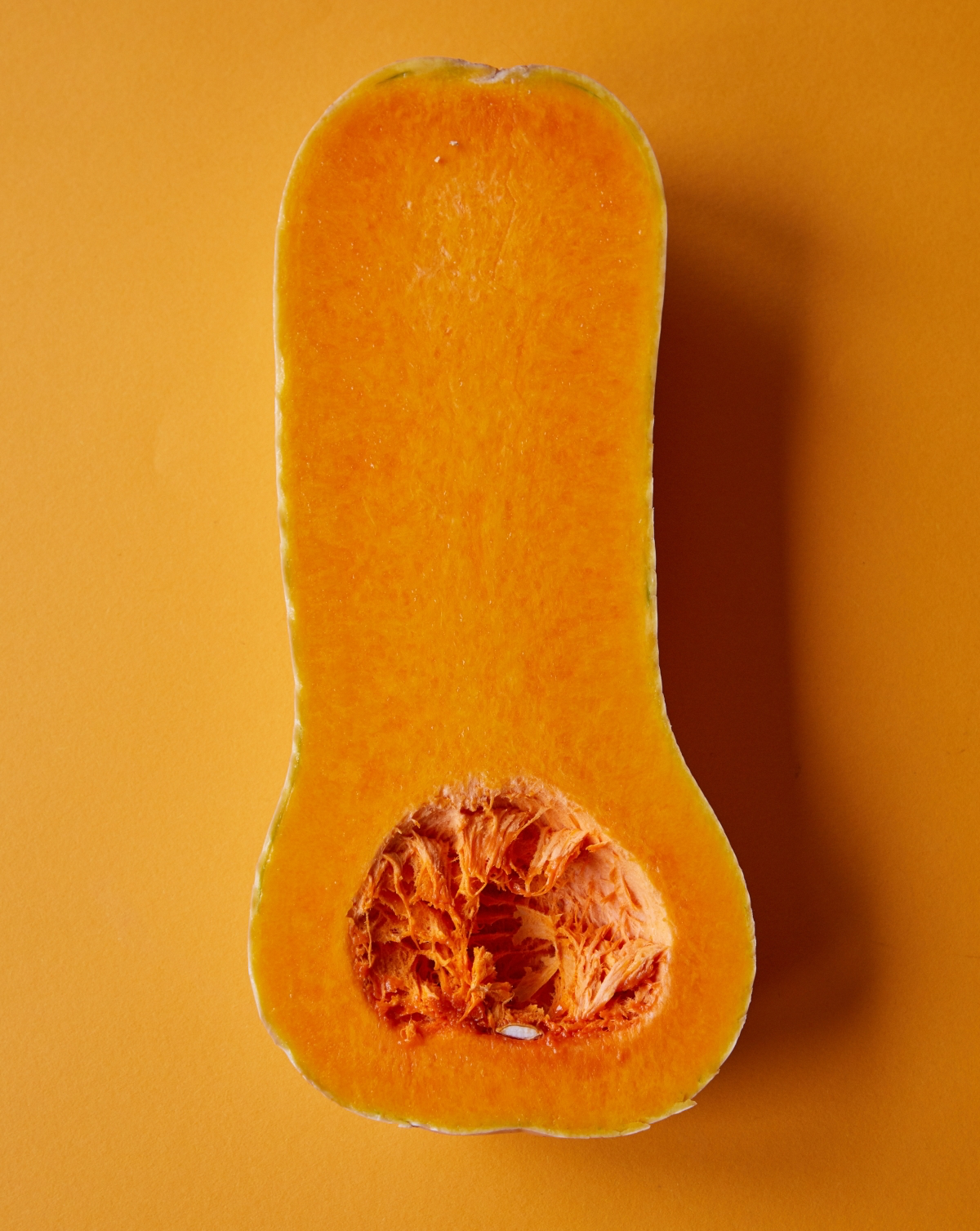
The Professional Pumpkin Peel Experience
In a spa or clinic, we treat pumpkin peels as a controlled chemical exfoliation, not a relaxing facial mask. It’s all about precision to get visible results without causing irritation.
First things first, we never just slap a peel on someone. A thorough consultation is non-negotiable. We need to know if your skin is sensitive, if you’re using retinoids, or if you have a condition like rosacea. Then, after a deep cleanse, the peel is applied with a soft brush. The most critical part is timing and monitoring. I never leave a client’s side during a peel. A warm tingle is normal—that’s the enzymes working! But an uncomfortable burn is a red flag, and we neutralize it immediately.
After a few minutes, we use a calming solution to stop the enzymatic action and then gently remove everything with cool towels. The skin is then pampered with a hydrating serum and a soothing moisturizer. And the final, most important step? Sunscreen. Getting a peel and skipping SPF is like going to the gym and then eating a whole pizza—you’re just undoing all the good work.
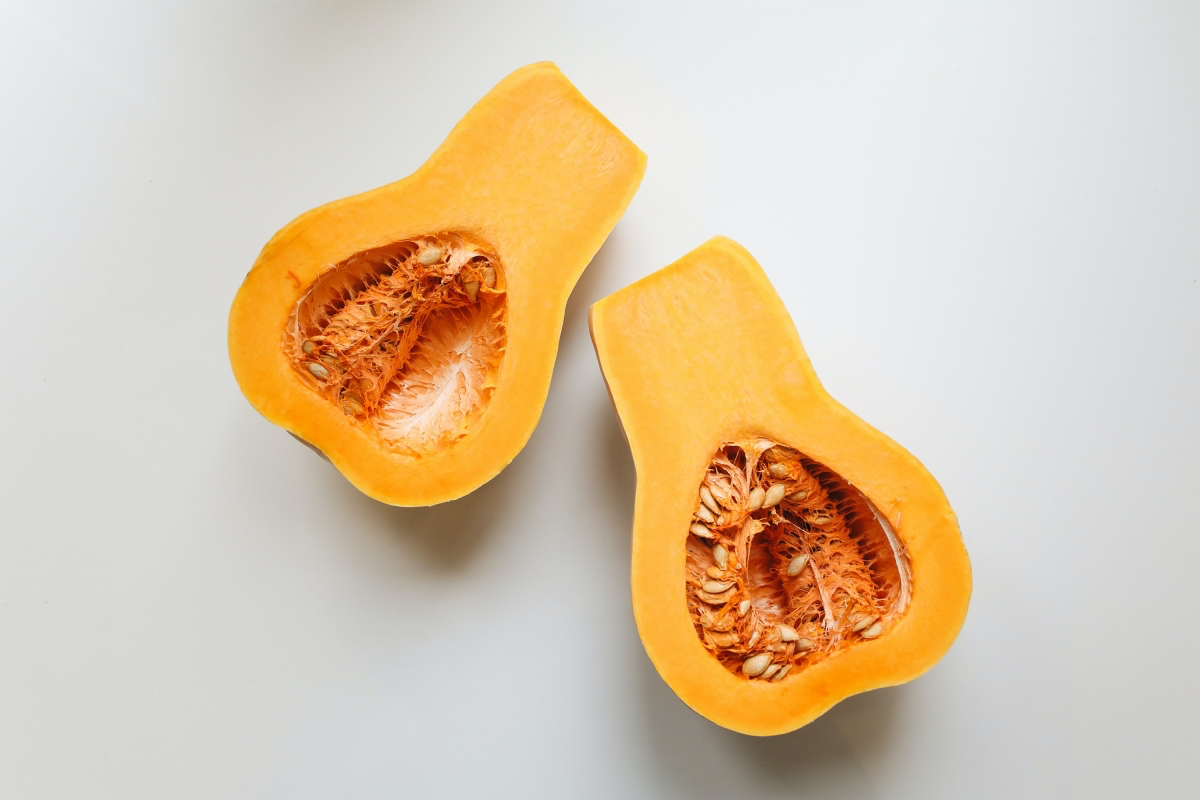
Now for the big question: What does this cost? You should expect a professional pumpkin enzyme peel to cost anywhere from $85 to $250, depending on the spa’s location and the complexity of the treatment.
A Safer (and Cheaper!) Option for Home Use
While you can’t replicate a pro peel at home, you can absolutely whip up a gentle mask for a quick boost of brightness and hydration. The key is managing your expectations and being safe.
DIY Brightening Pumpkin Face Mask
\p>This simple recipe provides gentle exfoliation and a dose of antioxidants. It’s a conditioning treatment, not a corrective peel.
- The Shopping List:
- 2 tablespoons of canned organic pumpkin purée (~$3 a can). CRITICAL: Make sure it’s 100% pure purée, not pumpkin pie filling, which is full of sugar and spices that will wreak havoc on your skin.
- 1 teaspoon of raw honey (~$8 a jar). It’s a natural humectant that draws moisture into the skin.
- (Optional) 1 teaspoon of plain, full-fat yogurt (~$2 a tub). This adds a bit of lactic acid for an extra gentle exfoliating boost.
The best part? The total cost for a single mask is well under a dollar!
Instructions: First, ALWAYS do a patch test behind your ear to check for sensitivity. If all is clear, mix the ingredients, apply a thin layer to your clean face, and leave it on for 10-15 minutes. A very mild tingle is okay; anything more, and you should rinse it off. Wash thoroughly with lukewarm water and follow up with your favorite moisturizer. Oh, and this is a fresh food prep—it’s a playground for bacteria. Make it fresh for each use and throw away any leftovers immediately.
Okay, So What’s the Real Difference? Pro Peel vs. DIY Mask
Let’s break it down, because this is where people get confused.
Cost & Commitment: This is the most obvious difference. The DIY mask costs you pennies and 15 minutes a week. A professional peel is a real financial investment, often done in a series for the best results, requiring both money and a bigger time commitment.
Results: A home mask will give you a temporary glow, a bit of softness, and a nice dose of hydration. It’s a great weekly pick-me-up. A professional peel, on the other hand, is designed for genuine change. It works on a deeper level to address issues like hyperpigmentation, stubborn texture, and fine lines over time.
Risk Level: At home, your biggest risk is minor irritation if you have sensitive skin or leave the mask on too long. In a pro setting, the ingredients are far more potent, but you have a trained expert managing the process, so the risk of a bad reaction is minimized.
Pro Tips, Mistakes to Avoid, and Troubleshooting
Pumpkin’s exfoliating action can boost the absorption of whatever you apply afterward. This can be great… or a disaster.
- Good Pairings: After a gentle pumpkin mask, your skin is primed for hydration. This is the perfect time to apply a serum with hyaluronic acid, followed by a simple, ceramide-rich moisturizer to lock everything in.
- Bad Pairings (Warning!): Never, ever use a pumpkin enzyme product on the same day as other strong exfoliants like prescription retinoids, glycolic acid, or strong salicylic acid. I once had a client who did this. She combined a pumpkin mask with a strong acid serum and called me in a panic because her face was bright red and angry for three days. Your skin barrier is no joke!
What if you don’t see a difference from a DIY mask? Manage your expectations. Real, lasting change requires consistency or professional-strength products. Use the DIY mask once a week for a gentle glow, but don’t expect miracles overnight. It’s a marathon, not a sprint.
Don’t Feel Like Making a Mess? Try These Instead.
Let’s be real, not everyone has the time or desire to mix up a face mask in their kitchen. If that’s you, you’re in luck. There are some fantastic store-bought pumpkin masks out there.
You don’t need to spend a fortune. Look for masks that list pumpkin enzymes or pumpkin ferment high on the ingredient list. Brands known for effective, straightforward formulas are a great place to start. A quick search online or at stores like Sephora or Ulta will give you plenty of great options that are ready to go, no mixing required.
A Final Word on Safety
Your skin’s health is the number one priority. Always.
Remember that any exfoliation makes your skin more sensitive to the sun. Using a broad-spectrum sunscreen of SPF 30 or higher every single day is non-negotiable. If you have a condition like rosacea, eczema, or active cystic acne, please don’t experiment at home. For significant skin concerns, the safest and most effective route is to see a licensed esthetician or dermatologist. It will save you a lot of frustration (and money) in the long run.
